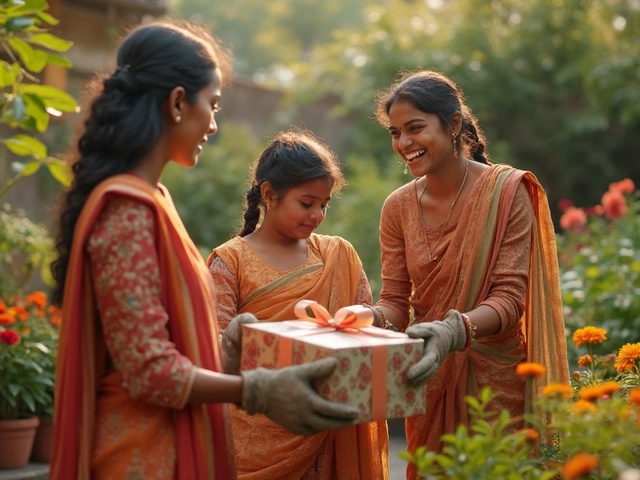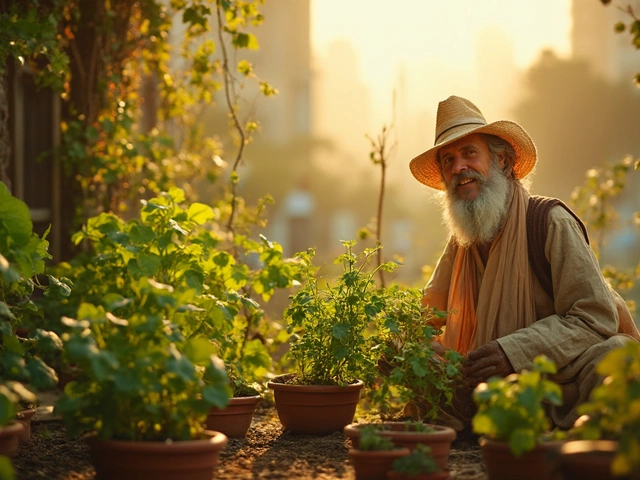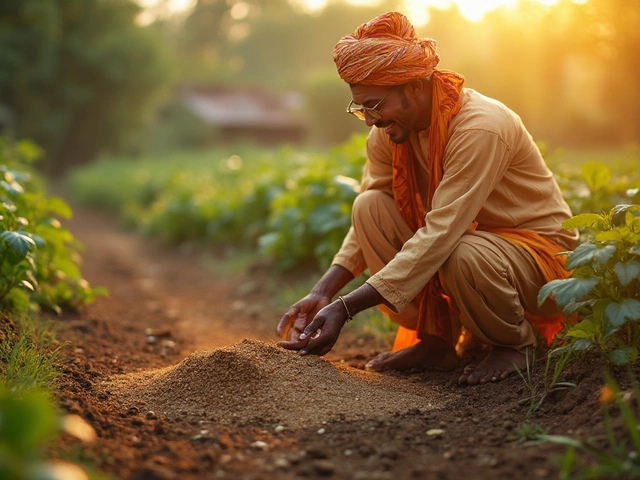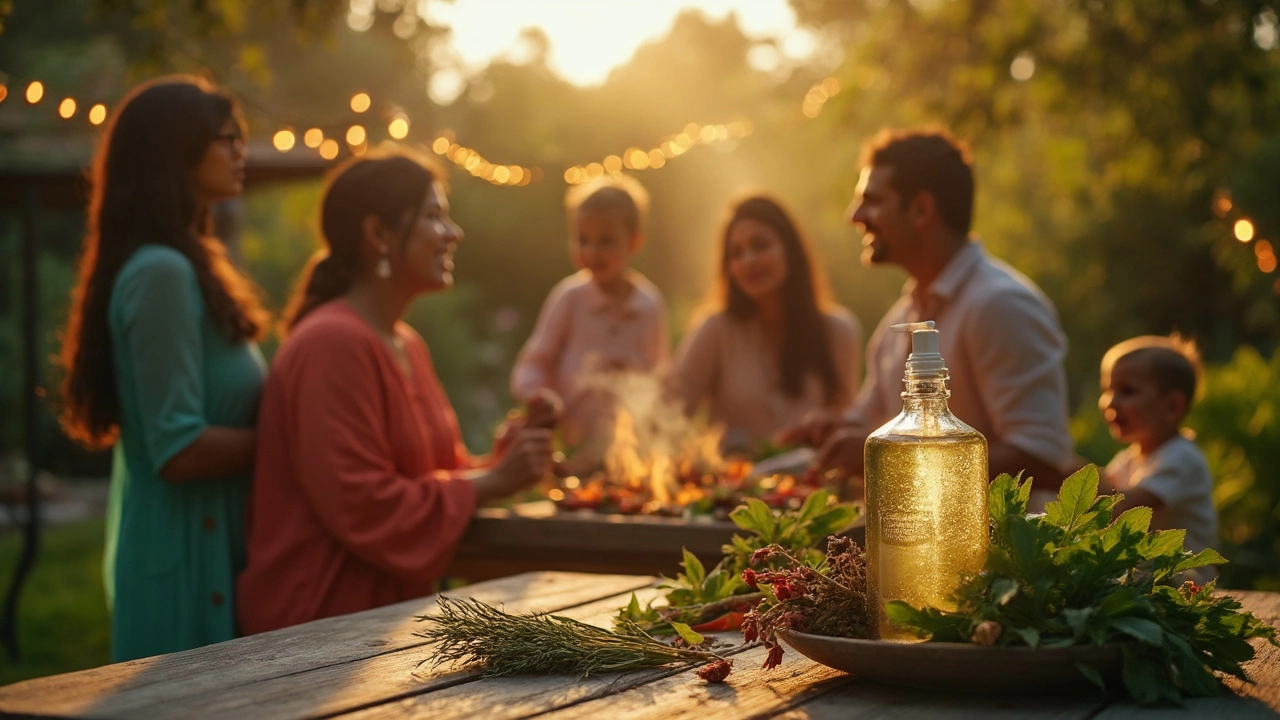Outdoor Tips for Indian Gardens – Simple Tricks You Can Use Today
Got a garden that needs a little extra love? You don’t have to become a botanist to make it thrive. Below are easy, budget‑friendly ideas that work well in India’s climate.
Save Water, Grow More
Water is the biggest cost for most gardeners. Burying drip‑irrigation lines 4‑6 inches deep protects them from sun and animals while delivering water right to the root zone. If you’re on a tight budget, use old polyethylene tubing and add a few pressure‑compensating emitters – it’s cheap and cuts water use by up to 50%.
Another quick win is to water early in the morning or late evening. The cooler air reduces evaporation, so each drop counts. Skip the hose and use a watering can with a rose attachment; it spreads water gently and avoids splashing soil.
Boost Soil Health Easily
Heavy, compacted soil is a silent killer. Mix in a handful of garden compost or aged manure to lighten the texture. Adding a thin layer of coarse sand (about 10 % of the soil volume) improves drainage without making the mix too loose.
Don’t forget coffee grounds. While they boost nitrogen, some plants like roses and azaleas dislike them. Sprinkle grounds only around leafy vegetables or use them in a compost pile for balanced nutrients.
For a fast fix, sprinkle shredded newspaper over bare patches, wet it, and cover with mulch. The paper breaks down, adds organic matter, and keeps weeds at bay.
If you have a small balcony, think vertical. Attach a few hanging baskets or use a trellis for climbing herbs. It saves floor space, adds shade for lower plants, and creates a mini‑ecosystem that attracts pollinators.
Companion planting, often called “sister plants,” can naturally repel pests. Plant marigolds next to tomatoes to deter nematodes, or grow basil beside peppers for a flavor boost and fewer insects.
Eco‑friendly yards are easier than they sound. Choose native grasses and shrubs that need less water. Set up a rain barrel to capture monsoon runoff; you’ll have free water for the dry months.
When you need to protect your garden from extreme heat, create a simple shade cloth using old bedsheets. Drape it over a frame during the hottest part of the day, and remove it in the evening to let the plants breathe.
Finally, keep an eye on your plants’ water source. Let tap water sit for a few hours to allow chlorine to evaporate before using it on sensitive houseplants. It’s a tiny step that makes a big difference.
These tips are all about doing more with less. Try a couple this week, watch the results, and tweak as you go. Your garden will thank you with greener leaves, brighter blooms, and a healthier harvest.
Number One Natural Insect Repellent: The Truth About What Really Works
Looking for a natural way to keep bugs off? This article uncovers the number one natural insect repellent and explains why it outshines the rest. Learn practical tips, fascinating facts, and how to use it for the best results. Say goodbye to harsh chemicals, and get ready to enjoy the outdoors without annoying bites. Even your backyard barbecues will get an upgrade.
About
Pest Control
Latest Posts


Best Garden Tools: What's a Good Gift for a Gardener?
By Alden Thorne Apr 28, 2025

Can I Just Put Perlite on Top of Soil? Here's What You Need to Know
By Alden Thorne Mar 11, 2025

Longest Growing Vegetables for Your Balcony Garden
By Alden Thorne Feb 15, 2025

